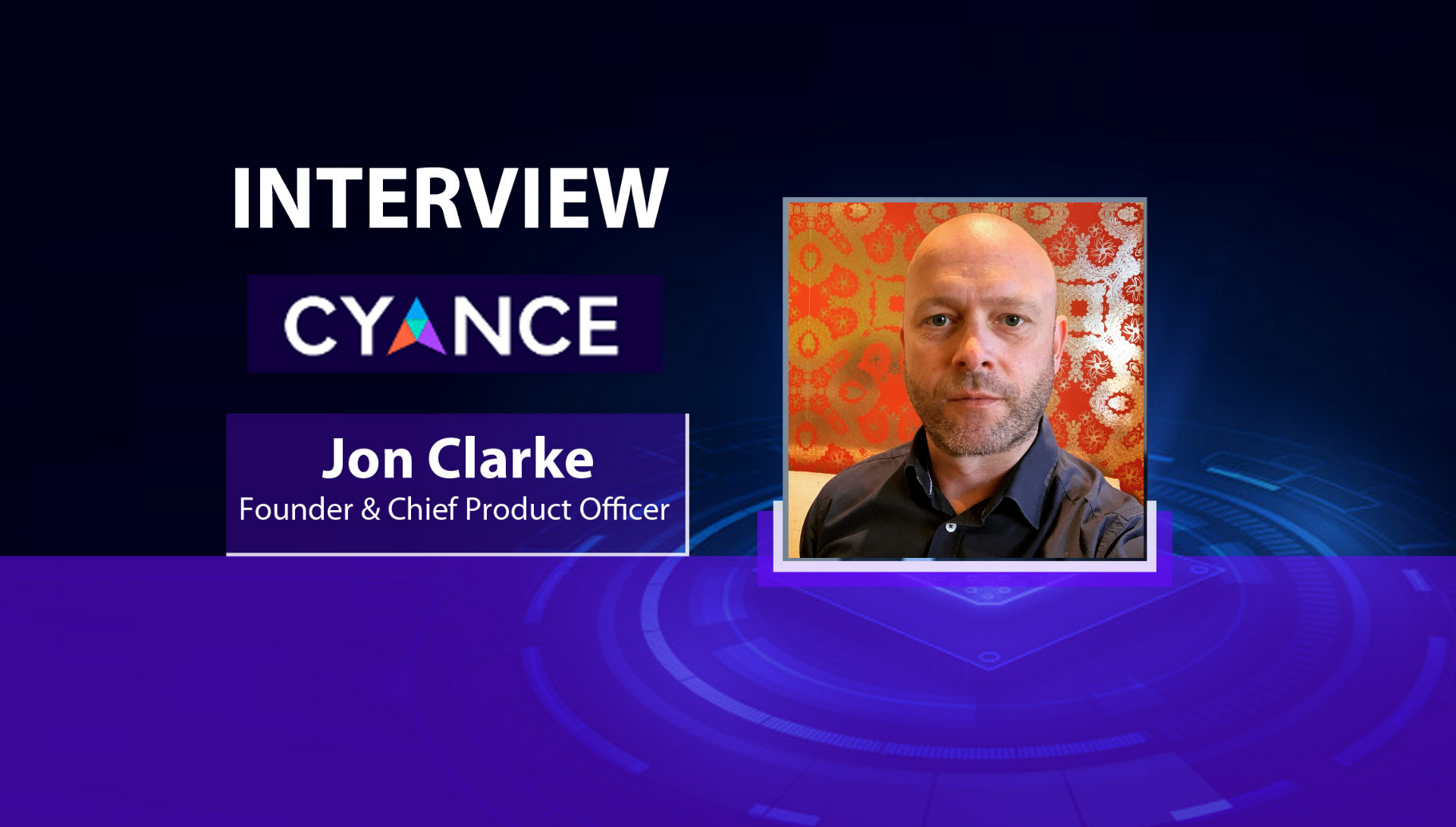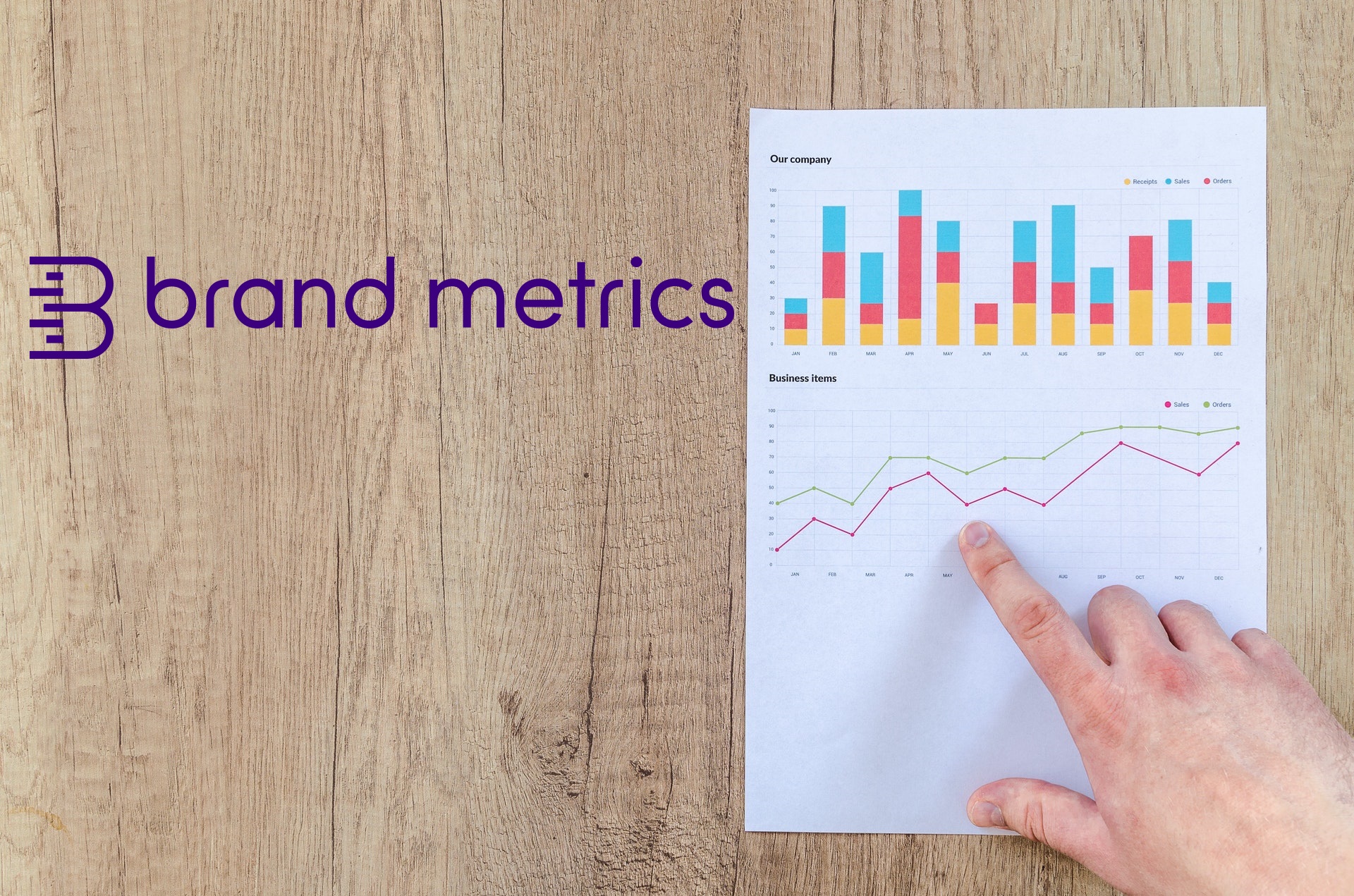For marketing teams to learn how to deliver more with less, the right insights-led marketing data is crucial to frame core marketing plans and policies; Jon Clarke, Founder & Chief Product Officer at Cyance weighs in with a few tips:
______
Tell us a little about yourself Jon…we’d love to hear about your journey as a tech founder and the story behind Cyance?
Before founding Cyance in 2007, I had worked in B2B marketing, sales and business strategy for over 20 years, working with brands such as Pitney Bowes, HP and Nokia. Helping them to transform how they deliver marketing using next generation technology fuelled by buying intent data.
It was this experience which I took into setting up Cyance. We initially set up as an agency to help clients find new customers and expand on their existing customers. We worked with big, global tech firms that had a European focus and needed to work with a local company that had the intelligence and insight to create demand.
Back then, there wasn’t nearly as much data as there is now, so it was an arduous process to identify companies that may have an interest in a specific value proposition as we had limited customer insights and definitely did not have. But when we realised that buying behaviours were changing and an increase on online research to support buying decisions, we saw a bigger opportunity. We decided to shift from being an agency to a SaaS-based marketing technology company, developing our platform to create much deeper, more robust buying behaviour insights for clients. And critically, we set out to deliver local, European-based intent data, based around European buyer activity on European publisher websites so that companies looking to target European buyers weren’t only getting insights from activity on global or U.S. sites. We recognised that this would deliver much more accurate insights and, in turn, lead to better results.
It’s proved to be a good move and it’s been an incredibly exciting journey over the past few years. We’ve taken on investment to help us improve our product and to strengthen our growing team. As part of this, I’ve moved to the role of Chief Product Officer so I can stay close to the service and ensure we continue to strengthen our proposition in response to customer needs, and we’ve brought in the very talented and experienced Bulent Osman as CEO.
Marketing Technology News: MarTech Interview with Vladimir Pintea, Head of Open Banking Gateway at Salt Edge
How have you seen ABM trends and best practices change over the years; a few top predictions for 2021?
The world is moving towards being much more insight-led and account-based. We now see companies that are on a transformation journey, looking to take a more targeted approach to digital marketing, but they need really accurate insights to inform their campaigns and communications.
Global companies are too often having to rely on US data to inform their regional and local strategies in Europe but this means they’re only seeing a small part of the picture. They are blind to what European buyers are doing and consuming when they are on European websites and local language sites. This has a profound effect on the accuracy of intent data – and the result is poor data and unreliable sales pipelines.
Now though, the pandemic has forced more accurate insights as budgets have been slashed and people are harder to reach. Proving value and ROI has become far more critical over the last year and I expect this to continue throughtout 2021 and beyond.
B2B marketing and sales will finally overcome the age old problem of alignment. The continued evolution and investment in account-based strategies like ABM and ABX is enabling companies to transform their customer strategy execution, from acquisition through to retention. The COVID pandemic has accelerated this change, by forcing people to think and act differently about how they engage with prospects and customers, as many of us continue to work more from home.
Lastly, B2B may finally catch up B2C by delivering real-time user experiences, driven by insights in the places where the customers exist, enabling that user experience to flow through the entire customer journey. For example nurture in social feeds with relevant content, based upon what you know about their needs and interests, instead of expecting them to click and visit your website before you do this.
What are some of the biggest challenges or lags you see in B2B marketing and sales teams when they implement intent data and buying signals to their overall customer behavior breakdown?
People often make subjective decisions about which accounts to prioritize for an ABM or demand generation campaign but that’s not the best approach because it’s not designed to create maximum opportunities for your investment.
Every company now has to deliver more with less, so they must become more intelligent, more insight-led to make the best decisions when it comes to marketing activity and investment. Here are three key pillars to consider; behavioural change, acceleration of transformation towards digital activity and the challenges of communicating with your target market.
Companies need to be more targeted in order to gain new customers, retain existing customers and expand existing customers. Technology can provide data and insights into which accounts to prioritise and why, picking up on behaviour which is indicative of research activity that may be evidence of a buying journey.
Those insights are designed to identify the business functions, and the individuals within each of those functions, that are on this buying journey and importantly, the exact stage they have reached on the journey. This allows them to communicate in a relevant and timely way to the most receptive audience. Content that is useful, helpful, and timely is likely to solicit a more positive response and conversion ratios increase for less effort.
It is critical to know what your customers want and deliver the best account-based experience immediately, using accurate and meaningful customer intelligence. This concept has now become reality with the use of technology like Cyance.
What are some top predictions you have for the future of marketing technologies and the way intent data and ABM platforms will be used in a more integrated manner to drive faster, more personalized results?
The phasing out of third party cookies in 2022 will present a huge challenge to marketers. It reminds me of a few years back when GDPR was introduced; prior to its implementation, there was a lot of fear mongering and speculation about how it would play out. We are seeing this story repeat with the end of third party cookies. And, just like with GDPR, we have to recognise that heightened privacy and security is ultimately a net positive for both companies and the end users.
The industry as a whole needs to be more accountable, more regulated. We need to give users assurance around data privacy, while giving B2B companies the confidence to understand that a cookie-free digital landscape is one where we can navigate through the online ecosystem without fearing compromised credentials. There will still be ways of targeting potential buyers;marketers will just have to be smarter and more targeted — like through the use of intent data.
I already see a progression towards (and we are working) more AI to help deliver more intent fuelled, hyper-personalised user experiences, with outcome predictions to help steer users to the next best action. I don’t see machines taking over the entire customer experience, but being able to spot patterns of behaviours across a wider audience to help drive greater efficiency or decision making, freeing up humans to focus more on being creative and well engaging with other humans.
Tell us about some of the upcoming plans at Cyance, what can users look forward to?
We have just completed another investment round, which gives us the opportunity to accelerate our GTM and product development plans. We have a packed product roadmap, which is accelerating Cyance into the world of Account Based Experiences (ABX), to help our customers maximise the customer experience throughout the entire customer lifecycle, from acquisition to retention and expansion.
A few takeaways for marketing leaders in 2021: top factors they should keep in mind as they plan for the rest of the year?
I would recommend that marketing leaders think more about creating great account-based experiences, and prioritise success outcomes that are more driven by more high quality and meaningful engagements with accounts that have a need or interest in your solutions and value propositions. This means truly partnering with sales around ‘in-market’ customers that fit your ideal customer profile to generate the more engagements that translate into more revenues with greater efficiency. Marketing and sales need to be totally aligned around maximising revenue outcomes and being capital efficient to drive more profitable growth and focus less on siloed metrics such as MQLs or SQLs.
Marketing Technology News: MarTech Interview with Adam Cason, Vice President, Global and Strategic Alliances at Futurex

Cyance is a leading provider of global B2B intent data, delivering the most extensive reach for European geographies. It offers exclusive access to the broadest range of European-only websites, combined with the ability to track and include native language searching, to give wider access to European audiences, while remaining 100% GDPR-compliant. By integrating the broadest global B2B intent data into its ABM platform and combining it with the ability to customise how intent signals are defined to more accurately detect true buyer behaviour, Cyance helps transform the way global B2B brands identify and engage prospects and key accounts. Its intent data and ABM platform transform demand generation and account-based engagement, delivering better conversion, efficiency and ROI.
Jon Clarke is the Founder and CPO of Cyance; Jon previously led the strategy to transform Cyance from a b2b demand generation agency into a private equity backed predictive analytics & buying intent SaaS technology business, with over 150 customers and 20 agency partners across the globe.
Jon has over 22 years’ experience in sales, b2b marketing and business strategy and has worked with brands such as; Pitney Bowes, HP and Nokia. Helping them to transform how they deliver marketing using next generation marketing and advertising technology fuelled by buying intent data.




Comments are closed.